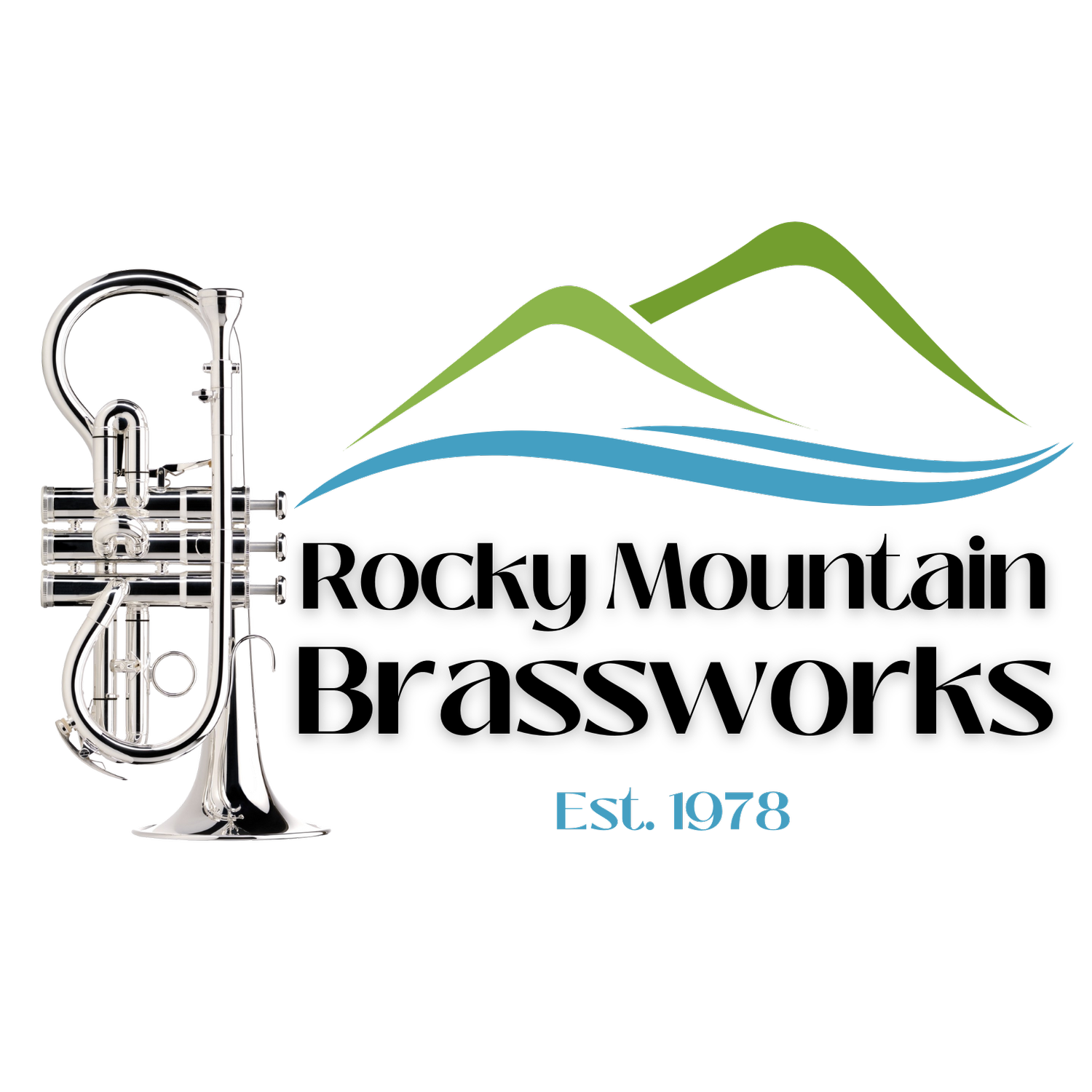Originally published to AdamBerkowitz.com
Many students struggle with how to learn their scales and arpeggios. I certainly did! Today I’d like to share three simple ways to learn them more efficiently.
3×4
One of the biggest hurdles to scale mastery is that we want to stick with what we know. So often as students, we learn the “easy” scales like C, F, And G first and then rely on them. But, there are only twelve major scales and it doesn’t have to take long to learn them all. Here’s a great way to practice. Start on a scale you’re really comfortable with like C. Next, play the scale a half-step above (C#) and then a half step above that (D). The great thing about this approach is that you can easily compare the scales you’re more comfortable with and those you’re less comfortable with. If you do this every day, you’ll complete the whole cycle in just four days!
MAJOR TO MINOR
Lately every time my students learn a new scale with me, I teach them at least the natural minor scale at the same time. Learning minor scales is a great way to reinforce the major scale and make sure that when minor modes come up in the repertoire you can handle them. For those who know how to find minor scales already, feel free to skip the next few sentences. For the rest of you, this is really simple. All you have to do is start on the first note of your major scale and then go down two scale steps in that key. This lets you find the relative minor. So, the relative minor of C major is A minor. The relative minor of G major is E minor and so on. When you play a natural minor scale, you simply use all the same notes as in the major scale, but you start and end on a different note! I’ll explain the other minor forms another time.
YOU BOUGHT THE WHOLE THING
Last, it’s important to be able to play not just two or even three octaves of a scale. Really we want to be able to play in the scale anywhere on the instrument. Often composers start or stop scales and arpeggios in places you wouldn’t expect. So, it’s helpful to be able to play scales covering the whole range of the instrument not just from tonic to tonic.
Of course you can always mix and match these patterns. Always remember, effective practice is not just about repeating things over and over. Effective practice is about finding new ways to approach old problems. I’d love to know what other techniques you use to practice scales. Let me know in the comments!
